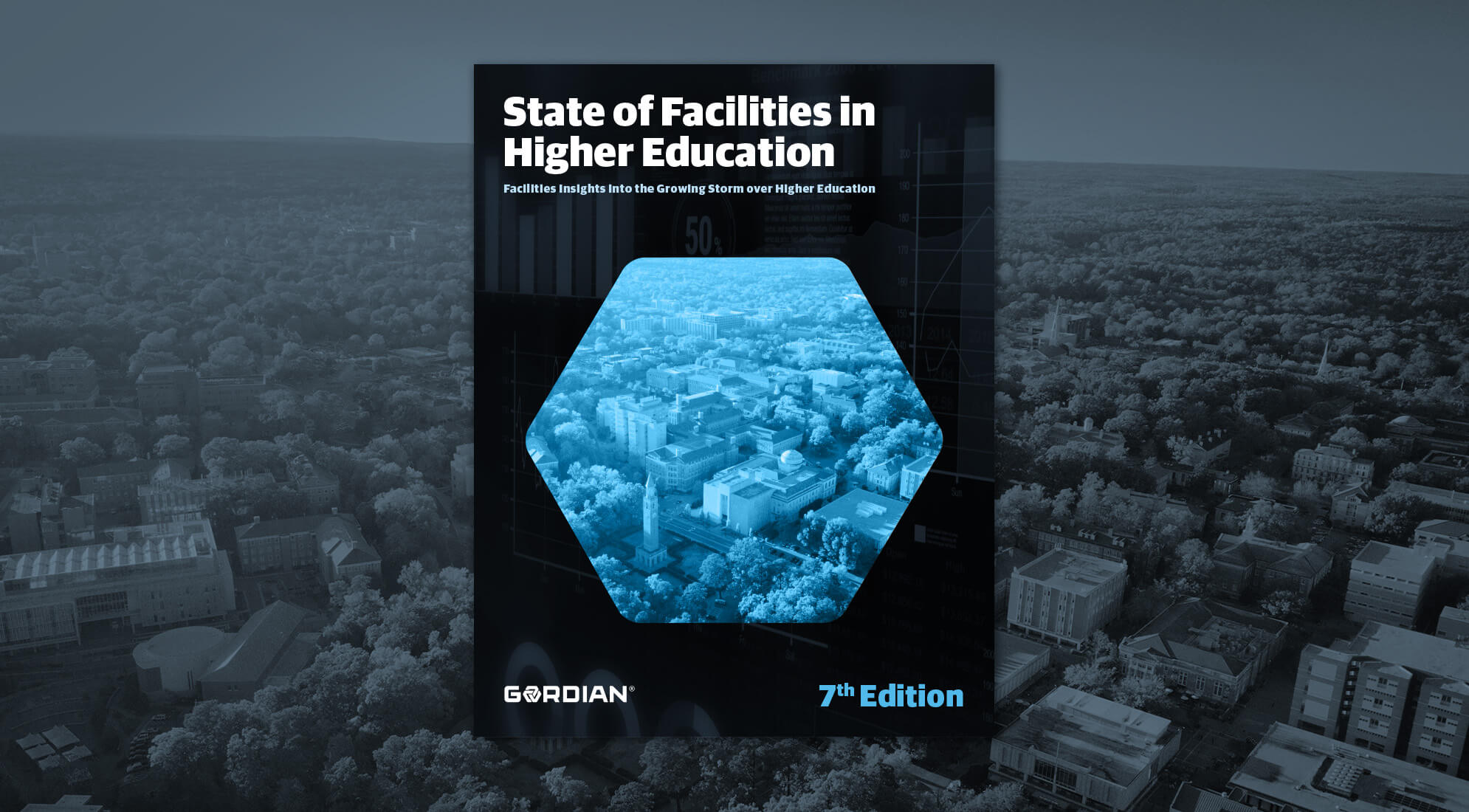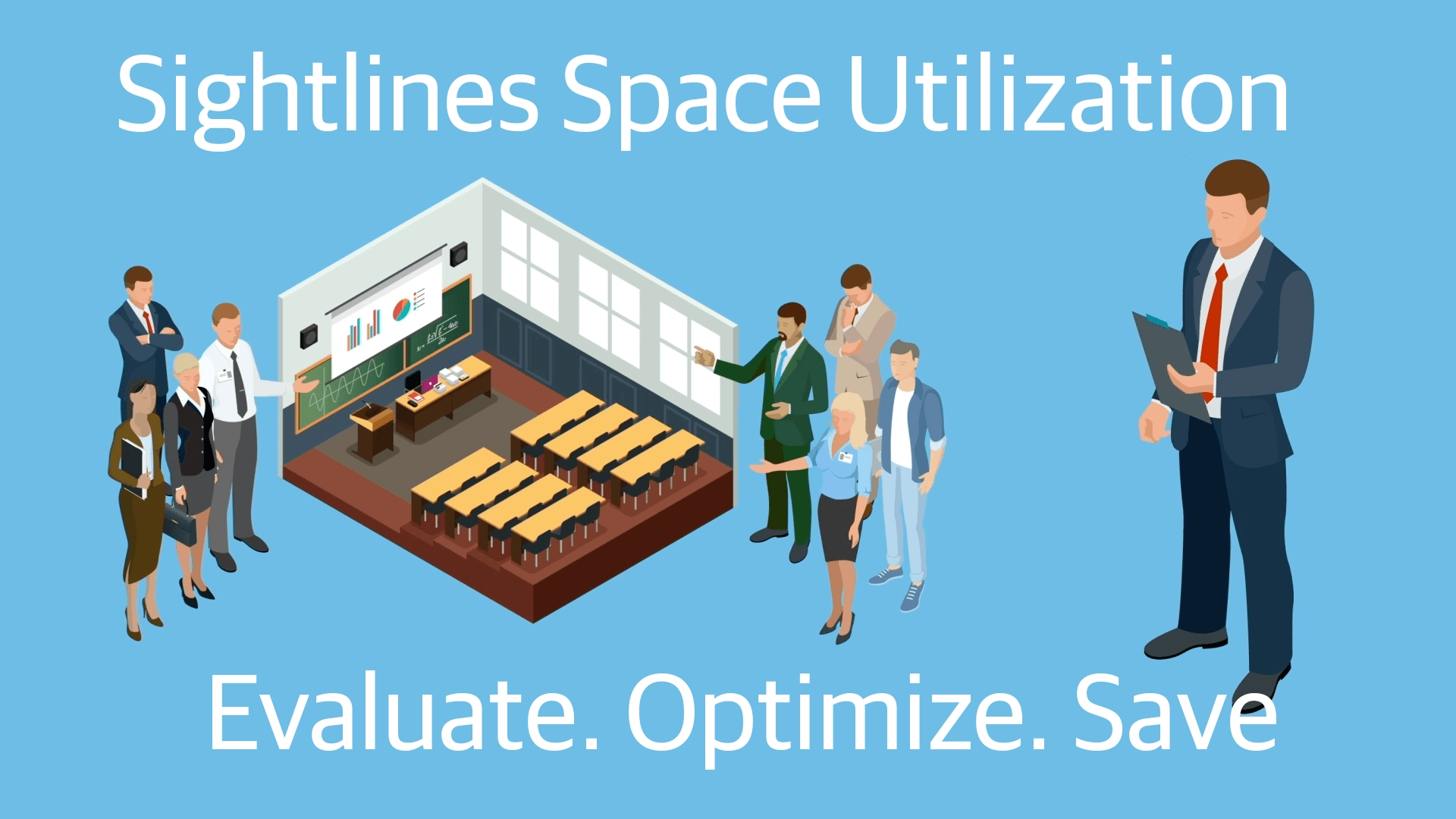The COVID-19 crisis has created an unprecedented disruption in the higher education world. With social distancing and shelter-in-place orders now enacted for most of the country, students, faculty and all but the most essential staff have been sent home, leaving campus grounds quiet this spring and, likely, through the summer. Institutional leaders are facing extreme levels of uncertainty with no historic parallels to use as guidance.
Through it all, there are two questions on everyone’s mind: How can we make the most of the present situation? And, when it’s over, what will the new normal look like?
Many institutions are taking the first question head on. Some schools are shifting plans to bump up investments into their campuses. Summer construction projects can be started early without worrying about the foot traffic that commencement brings. Institutions may also be preparing their empty dorms to serve as community resources, in the event that more facilities are needed to house COVID-19 patients.
The second question is the harder one to address. Proceeding with pre-planned construction projects assumes that campus priorities and operations post-outbreak will closely resemble those of last Fall. And while most of us would be relieved to return to the status quo, there’s no guarantee the “new normal” will look similar to the past. Will online learning be more popular? What’s going to happen to our enrollment? What functions are truly essential to our institution?
There are actions, however, that institutions can take to both make the most of the situation at hand and prepare for the future. Here are three steps for taking advantage of currently empty campuses in order to build data-based plans for the next season.
Inventory Campus Spaces
Facilities are the largest asset on most campuses. So inventorying spaces is a great place for schools to start when preparing for an uncertain future. Doing so while rooms are unoccupied lets teams collect information on ownership, layout, conditions and other key features of rooms that may not be otherwise accessible to staff during normal operations.
A thorough inventory of spaces will help leaders address unknowns and prepare for whatever the ‘new normal’ happens to be. In fact, inventory lists should be built to help gather info on questions that seem particularly poignant during the COVID-19 outbreak. If remote learning grows in popularity as a result of this ‘trial by fire’, what rooms are equipped to host virtual classes? If more faculty choose to record lectures and spend less time on campus, what office spaces will become available?
Leaders can train and mobilize the remaining on-campus workforce to collect asset-level information for space inventories. Maintenance workers can identify the assets in mechanical spaces and on roofs, custodians can identify interior finishes and restrooms, and grounds workers can be trained to inventory exterior elements like windows, doors, facades, pathways and parking lots. After all, who knows campus better than those who are there every day? Once the information is assembled, it can be transformed into a home-grown asset inventory to lay the foundation for a capital plan.

Assess Space Utilization Rates
After campus spaces have been thoroughly inventoried, they can be assessed for utilization rates. Across higher education, institutions schedule an average of 42% of their teaching spaces. With most projections estimating that fewer students will be present on campus in the “new normal,” leaders should assess which spaces are truly essential to maintaining operations. Combining that information with the room inventory will bring insights into how the usage patterns of campus could be modified for different enrollment scenarios.
By knowing the true usage and availability of space, leaders can look to optimize or consolidate usage patterns in the “new normal.” The impacts of this type of analysis can promote energy efficiency and bring cost savings without cutting budgets. Utilities and maintenance costs typically fall between five and seven dollars per square foot for campus spaces. This means that there are significant savings available in knowing what should be occupied, how long they should be occupied for and which spaces should be left unoccupied if on-campus enrollments drop.
Build Flexible Plans Based on Different Enrollment Scenarios
No one truly knows what impacts the COVID-19 outbreak will leave on higher ed enrollment, so campus leaders should create multiple investment strategies based on varying enrollment scenarios. Creating confidence in an unknown future starts with a solid foundation of data. By combining all of the information in the space inventory and utilization analysis with appropriate capital planning tools, leaders can turn basic data into wisdom for making flexible, long-term investment decisions.
Investment actions will bring a higher return if focused on projects in areas which will continue to be used if enrollment changes. Should there be a strong uptick in online learning and fewer students in physical rooms, then essential spaces will be all the more valuable. These spaces should be considered high priority and continue to receive investment resources.
Conversely, spaces with low foot traffic and usage rates should be given a lower priority and potentially be placed on the investment backburner, should enrollment revenues drop. As an added bonus, discovering what rooms are essential and popular can help to determine the scope of renovations in other spaces in order to ensure they are popular with students and faculty when they return.
Institutional leaders across the country have some big decisions to make. When it comes to preparing for a “new normal,” we at Gordian are here to help make the best possible decisions. Gathering the right data and organizing it so that clear action plans are established is a critical part of any leadership role, and it’s one we understand. Engaging with a strategic partner, along with mobilization of available resources like time and personnel, can show that leaders have an eye toward a better future.
We are living and working through trying times, but there are ways we can all pull together to make sure that students, faculty, and staff return to a better campus than the one they left.







